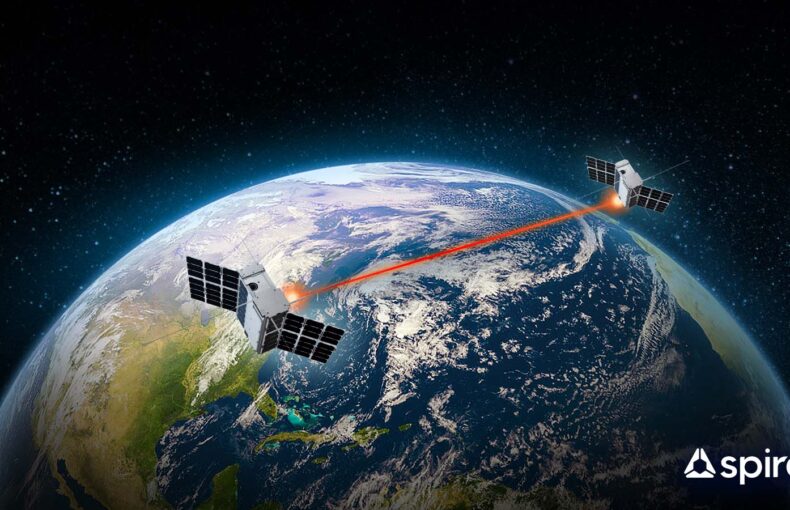Buckle up! Plane turbulence is getting worse
Have you noticed the unsettling increase in turbulence during your recent flights?
Surprisingly, severe turbulence has surged by a staggering 55 percent over the last 44 years, with the total annual duration now reaching 27.4 hours, a significant rise from 17.7 hours back in 1979. As climate change and atmospheric dynamics continue to influence our skies, understanding the complexities of these turbulent patterns becomes ever more crucial for safer and smoother journeys.
What is clear-air turbulence?
Sometimes referred to as “air pockets”, clear-air turbulence forms where two layers of air meet while moving at different speeds. The movement of air between these masses causes erratic wind patterns. Typically, turbulence can be seen in cloud patterns, giving pilots and their onboard instrumentation the ability to detect these pockets of erratic air and adjust their course for a smoother flight. Unlike that turbulence that forms with clouds, clear-air turbulence remains invisible to onboard instruments and visible sight, making it a hidden danger during flights.
Why does clear-air turbulence matter?
Clear-air turbulence is common around the Jet Stream, so flights are more effected as they transit the jet stream and encounter these invisible wind patterns. It also can occur at lower altitudes around rough terrain and mountains.
Researchers found a 55 percent increase in severe turbulence from 1979 to 2020, suggesting that climate change is playing a role. Papers from Nature and Advances in Atmospheric Sciences have looked at the effects of increasingly warm air masses turbulent air patterns between the upper and lower atmosphere. This means that unfortunately for uneasy fliers, turbulence is likely to continue increasing.
A 2023 paper cites that the cost of turbulence was estimated to be around $200 million annually in the US alone in 2003. That’s primarily from increased strain to the airframe, causing fatigue and damage requiring repairs and lost productivity. As well, injuries suffered by passengers and crew requiring costly hospital visits and compensation. This year alone, severe turbulence has been in the news for causing injuries worldwide.
Is clear-air turbulence actually invisible?
To pilots and their current onboard instruments, yes. While it isn’t visible to on-board radar and satellite imagery, it is detectable through Spire’s radio occultation data that can detect small changes in wind patterns, as Spire’s data shows below. As we advance our understanding and technology, addressing this hidden threat becomes increasingly essential for safer – and more pleasant – air travel.
Clear-Air turbulence around Munich, Germany
Interact with the map to see the relative Clear-Air Turbulence (rcat) measurement at different altitudes.
 Written by
Written by


